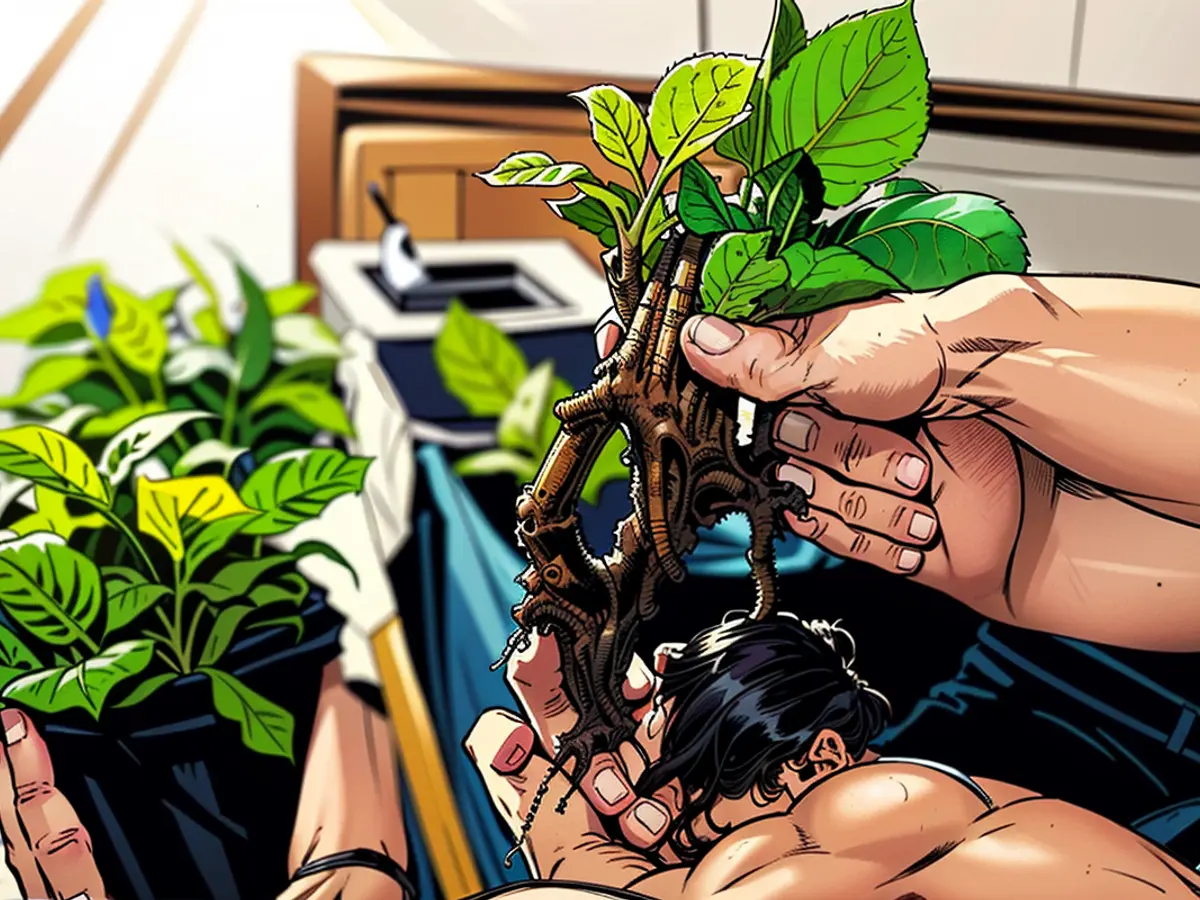Three Strategies to Accelerate Interior Plant Cloning
The indoor plant industry has been impacted by two main factors: the widespread inflation and the surge in popularity of indoor plants during the pandemic. Consequently, those tiny plants you could buy for $4.00 a few years back have now seen a doubling in price. This is the ideal moment to master plant propagation at home.
What is propagation?
While germination refers to growing a plant from a seed, propagation involves propagating a plant from a cutting. Propagating is faster because the cutting only needs to develop roots instead of sprouting an entire plant. Germination can be tricky as different seeds require varying amounts of light, temperature, and moisture. Propagation, on the other hand, involves taking advantage of a plant that's thriving in its current environment. Many people have attempted propagation by sticking a clipping in water and waiting, but even that process takes several weeks. That's why employing some tips for promoting the healthy growth of propagated plants can be beneficial.
Create a moist environment
In simpler terms, you'll need a mini greenhouse, which maintains warmth, provides light, and prevents moisture loss. You don't need a large structure for this purpose; small greenhouses are readily available.
- Ikea Åkerbär: $22.99
- Tall Plant Greenhouse Terrarium: $33.74
- Large Tall Plant Terrarium Glass: $45.74
Ensure adequate light
Indoor plants have different light requirements, with some plants preferring lots of sunlight and others preferring less. However, home environments typically lack sufficient sunlight, particularly during fall and winter. That's where grow lights come in. As you promote plant growth with a cutting, you're aiming to preserve both the new roots and the foliage above. The lights will keep the existing part of the plant healthy.
- Adjustable Gooseneck Grow Lights for Indoor Plants: $14.97
- Small Plant Light: $8.49
- Gooseneck Halo Ring Plant Lamp: $26.99
Hormones can aid the process
Plants also produce hormones, essential for their growth cycle. For outdoor plants, you can purchase hormone spray, but for cuttings, use root hormone powder or gel, which comes in a small bottle and makes coating the cuttings easy.
While you can propagate in water, rooting hormone tends not to work effectively in those conditions. However, if you'd like to try propagating in water, you can borrow hormones from a pothos plant. Pothos plants contain auxins and cytokinin, which stimulate hormone production in other plants. Simply insert a pothos cutting into the water with your new cutting and watch the root growth progress if you use clear glass.
- Rooting Gel: $21.55
- Hormex Rooting Powder: $17.89
Despite the increase in plant prices due to inflation and popularity, this is an excellent opportunity to learn how to propagate plants at home. By propagating, you can create new plants from existing ones, potentially saving money in the long run.
Following the text, you'll need to create a moist environment for your plant cuttings to encourage root growth. This can be achieved using small greenhouses, such as the Ikea Åkerbär for $22.99 or the Tall Plant Greenhouse Terrarium for $33.74.








